By Christine Khor, Founder of Peeplcoach
Leadership succession planning is one of those things everyone agrees is important, but few are confident in. We recently ran a survey across senior leaders, and the results were blunt.
Only 20 percent said they were highly confident in their succession plan. Another 23 percent openly said they weren’t confident at all. The rest hovered in the middle.
That’s not just a paperwork issue. That’s a structural risk.
Most succession plans are shaky at best
Most organisations will have some form of succession plan.
For some it will be a formal process with critical roles having one or two named successors, for others a successor may be identified by a manager with little or no communication of this plan to the individual or to the organisation.
Unfortunately, too often, when the time comes the development plans and investment required to get those individuals ready to be promoted have not been implemented or the plans are out of date and individuals have moved on or are no longer suitable.
As a critical role becomes available the scramble begins – the wrong individuals hastily promoted or, even worse, a knee jerk reaction to bring in an external “management unicorn”. Sadly, with a little bit of planning and development the perfect, already proven person is in the organisation ready and waiting.
Development without traction
Succession planning relies on technical and leadership development, but too often, investment in up and coming leaders is insufficient, not specific or ineffective. Only 17 percent of leaders in our survey said they were highly satisfied with their leadership development experience. That’s not just a leadership problem. That’s a readiness problem.
If the development programs being offered aren’t effective, then the people you’re relying on to step up aren’t getting what they need. Coaching and leadership support can’t just be about feel-good moments or one-off sessions. It has to create an actual shift – clarity, confidence, the ability to make good decisions under pressure. That’s what separates a name on a spreadsheet from a real successor.
The overlooked pressure point: middle managers
Middle managers are where this pressure is already showing up. The survey also revealed 31 percent of respondents named this group as the most challenging tier of leadership in their organisation. It makes sense. They’re managing up, down and sideways. They’re expected to execute strategy, motivate teams, hold people accountable and keep the culture steady.
They’re also the most likely successors to senior roles.
If middle managers are already stretched, expecting them to step into bigger jobs without structured support is unrealistic. You can’t develop leadership on the fly. You have to put in the time, and you have to make it count. And right now, many organisations aren’t doing that. Not because they don’t want to, but because other priorities always seem louder.
This is where targeting leadership development and especially coaching is effective. There’s also an assumption that coaching is reserved for those already in senior roles. But succession starts earlier than that. If you’re not investing in people a layer or two down, you’re not building a pipeline. You’re just waiting and hoping.
2023 research by MetrixGlobal, reported in Forbes, showed executive coaching can deliver up to 788% ROI. That’s not just about top-line growth, it reflects gains in performance and capability. The study found individual performance improved by 70% percent and team effectiveness by 50%. Organisational performance lifted by 48 percent when coaching was embedded more broadly.
That kind of shift matters for succession. It shows that with the right support, leaders coming up through the ranks can step into bigger roles with greater confidence. And less disruption to the business.
How the gap shows up
When a senior leader leaves and there’s no one ready, everything slows down. Internal candidates may try to stretch, but without preparation, they often stall. External hires can bring fresh thinking, but they also bring risk, onboarding drag, and a steep relationship curve.
In the meantime, people get frustrated. Teams lose traction. Business decisions take longer. This is how succession gaps become culture problems and performance problems; quietly, then all at once. Added to that is the drop in morale as current ambitious employees see no future opportunities as new leaders are employed.
According to the International Coaching Federation (ICF) Global Coaching Study 2023, companies with strong coaching cultures are also more likely to outperform their peers, with 51 percent reporting higher revenue. That’s a signal that development pays off when it’s embedded, not bolted on.
What strong succession looks like
It’s not about having a polished document. It’s about action. At Peeplcoach, we work with organisations to ask three key questions: What roles are critical? Who could step in? What’s missing right now to get them ready?
Strong succession plans are lived, not filed. They’re talked about. Measured. Challenged. Updated. They don’t just identify future leaders; they give them a shot at growing into the job. Through feedback. Through exposure. Through practical, structured support.
It’s not glamorous work, but it builds confidence. And that’s what most succession plans are missing.
This isn’t a theory problem. It’s a risk problem.
When we asked leaders what percentage of performance or productivity they believe is lost due to poor leadership, answers ranged wildly – from 10 to 70 percent.
That spread tells us people know there’s a cost, but they’re not tracking it. When something isn’t measured, it’s not prioritised, which is exactly how leadership readiness gets left behind.
The good news is, you don’t need a massive budget or a leadership overhaul to start closing the gap. You just need to name the risk, and put real development behind the people who are next.
Succession isn’t about predicting the future. It’s about reducing the scramble when change comes. Because it always comes. The question is whether your people will be ready, or whether you’ll be looking back, wondering why you didn’t act sooner.




























